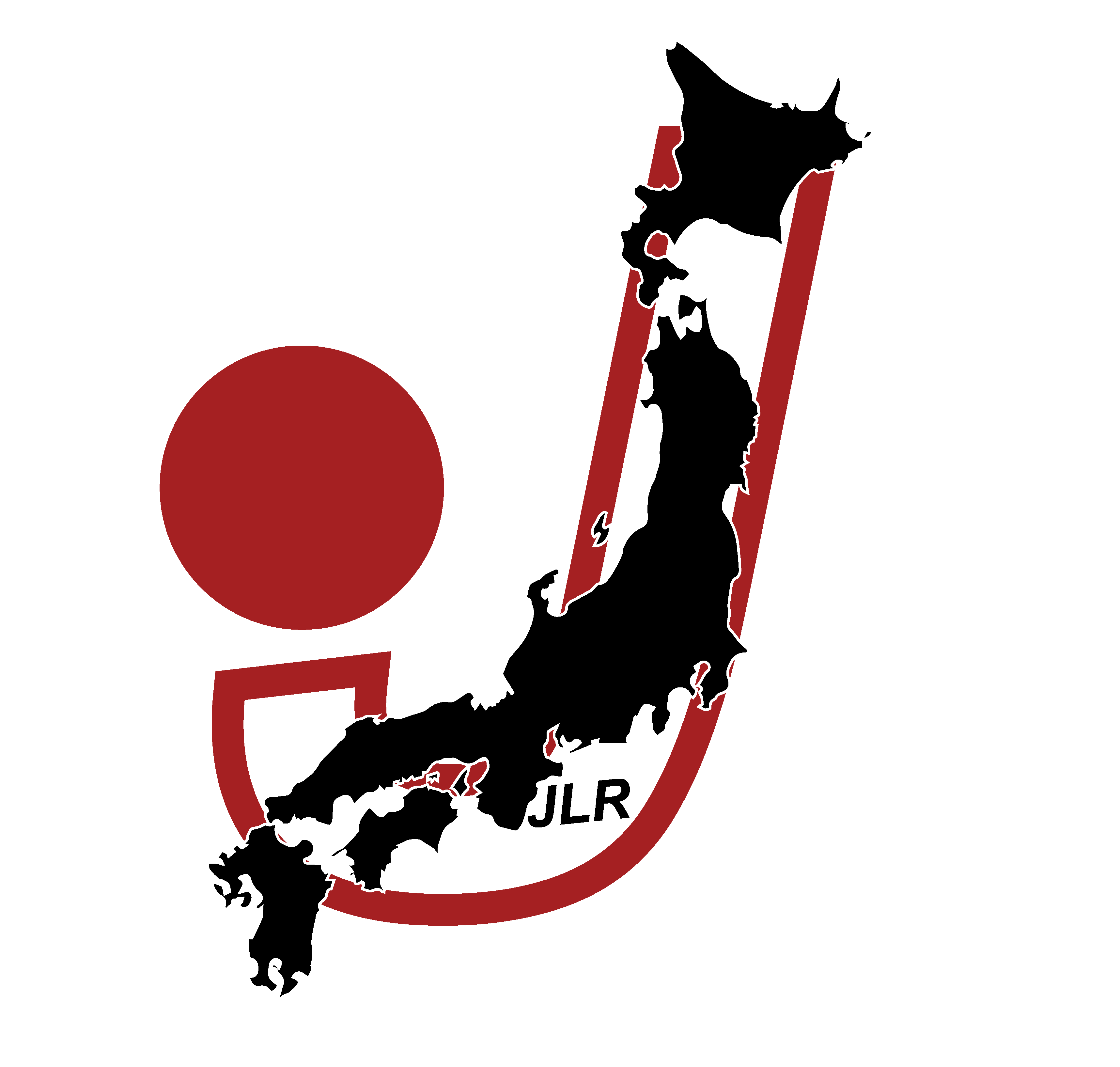There’s nothing more legendary than seeing something becoming a worldwide attraction, the property of everyone, globally. J. League is trying to achieve that, but to do so, you need a global fanbase. And it’s there, although its numbers can certainly rise. In this series of pieces – which will all fall under the label “J. League Worldwide”, we’re trying to tell the personal and professional stories of Japanese football fans all over the world.
Before introducing the eleventh instalment of the series, I want to remind the efforts of Stuart Smith in starting this column (you can find him @Sushi_Football on Twitter, doing a good job in spreading the word for J.League). Seventeen episodes are done, and in the last one – published in mid-2023 – we talked with Daniel (@avispadaniel) about his love for the Japanese football world.
And if you can read here his interview with us, for Episode number 19, we move to Sweden and to a new fan, because his passion for J.League started recently. Sweden has been a key-nation for the J.League, with some players and some managers being involved – including the head coach and one of the best signings in the Winter transfers market from Urawa Red Diamonds.
And our reader has something in common with Emil Salomonsson, the man whom we once interviewed. And Jonatan Persson actually is the protagonist of this small outing towards Scandinavia.
Where are you from and when did you first start following the J. League?
I’m from Gothenburg (or perhaps better known as “The city of Emil Salomonsson”), Sweden’s second largest city. The first time I came to hear about the J-League was actually as late as when Andrés Iniesta moved to Vissel Kobe in 2018. However, I didn’t start following the league in an active way until 2020.
Do you have a favourite team or player?
Yes, my favourite team is FC Imabari from J3. It might seem like a bit of an odd choice, but I really appreciate the lower divisions of the Japanese game (including non-league). Also, I early fell in love with our old Yume stadium, and with the club’s colours and supporters. As a favourite player, I have always liked Yasuhito Endo. Not only for his great passing and playmaking, but also because he is legendary as the last Yokohama Flügels player who is still active.
We’re used to seeing a lot of coverage around football here in Europe or South America. A tendency growing as well in North America and Asia. How do you keep up with the news regarding the league?
When I first started following the league, I mostly used YouTube. I watched a lot of Lost in Football Japan, and later also J-League Journeys (excellent channels by the way). Later on I started listening to the fantastic J-Talk Podcast (covering J1), and J-Talk: Extra Time (covering J2 and J3). In addition to all this, there is a great J-League community on Twitter, with many foreign supporters!
Have you ever been to Japan for some matches? If so, how was the impact? And if not, which match and which aspect are you longing for the most?
Unfortunately, until now I have never had the opportunity to go to a match live in Japan. If I ever get the chance though, my dream would be to watch the Ehime derby (FC Imabari vs Ehime FC). This is only the second season that these two teams are in the same professional league, but at the meetings last season, the atmosphere was amazing!
From your point of view, how do you think the J. League has been perceived in your own country? And there’s a space to improve the image of the league around the world, just like they’re trying to do?
The simple answer is: it has not been perceived at all. Probably Swedes prefer not to watch football from outside Europe, which is a great shame. However, after Emil Salomonsson has come back to Sweden, and shown his enthusiasm for the Japanese game, at least some people have become more aware. In order to increase the interest, an important step would be to expand the possibility to watch livestreamed matches.
At the moment, you need a VPN to watch the matches from most places in the world, and I can attest that this is a very difficult and expensive experience. Although the league now has begun to stream more matches for free on Youtube, maybe it would be a good idea to start an own streaming site, like many other Asian leagues, available worldwide (possibly at a cost).
We want to thank Jonatan for the time he’s given us. It’s been nice to talk with him – thanks for the patience, the interview has gone back and forth – and it’s been good to discover new J.League fans, especially when they follow lower leagues. And J3 is a gem to be followed.
Episode 20 will come soon, so stay tuned!
